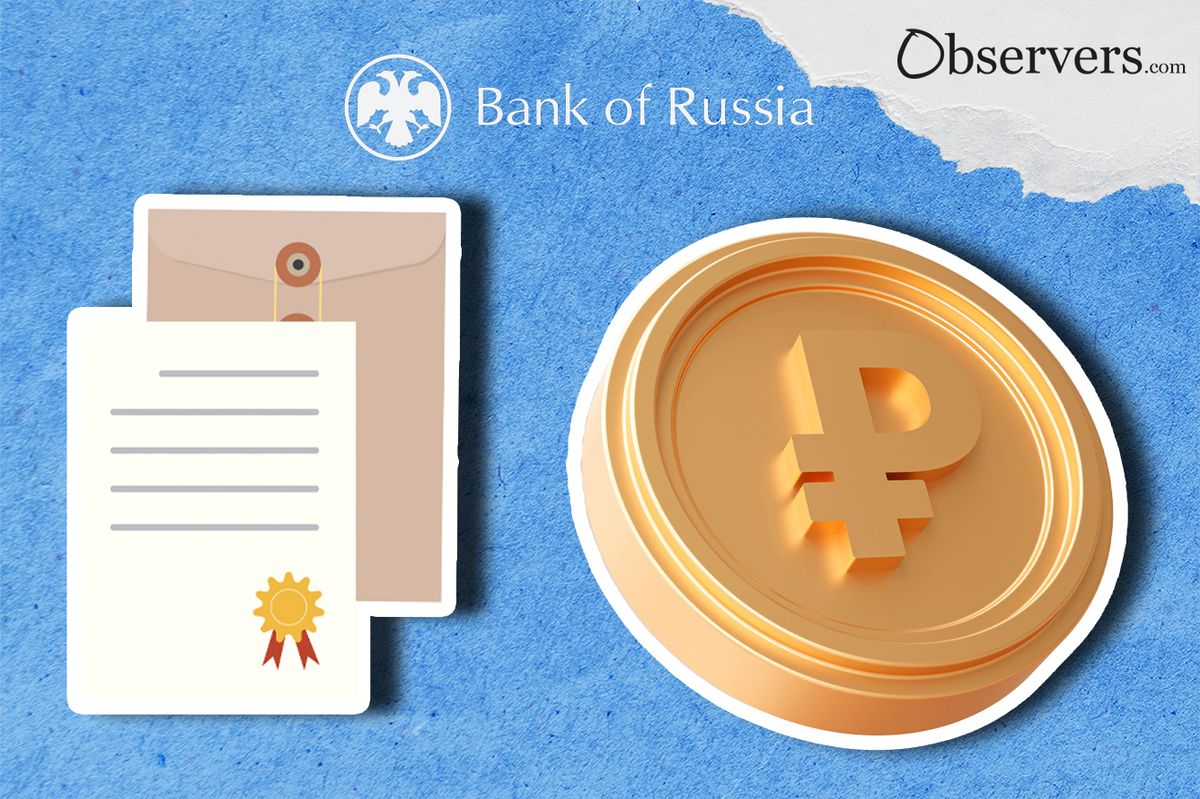
After its first reading in March this year, Russian lawmakers are actively working on amendments and harmonization of the legislative base for the digital ruble law.
The use of the digital ruble for non-residents
On May 22 the Russian State Duma Committee for Financial Markets introduced amendments intended to ease the use of the digital ruble by foreign nationals.
Previously, non-residents could access the digital ruble only through authorized banks. The current version of the bill has lifted this limitation and added foreign banks as well as the central bank as points of interaction.
The foreign currency law was also amended to remove restrictions on transactions with the digital ruble for non-residents. Some suggest the changes to non-resident access are to encourage adoption of the digital ruble for cross-border payments and migrant worker transactions.
Responsibilities of the Bank of Russia
According to the same amendment package, the Central Bank of Russia (CBR) was assigned the 'operator of the digital ruble platform' role. The platform itself will be a system within the central bank infrastructure, without a separate legal entity. The amendment added restrictions on the use of the words 'digital ruble platform' in advertising by the general public.
The responsibilities of the CBR were amended to include AML reporting as well as encryption of transactions on Federal Security Service (FSB) related wallets.
Overall, the distribution of responsibilities under the digital ruble law has been one of the most complicated parts of the legislative process. After much debate, the central bank assumed most of the disputed functions and responsibilities.
Seizing the digital ruble for debts; divorce and inheritance
After the first reading, lawmakers realized the need for harmonization of the legislative base and amendments in many other laws.
According to the amendments to the bill, digital rubles can be confiscated from debtors if there is not enough money in their bank accounts to repay the debt. This clause fell under the review of the State Duma's legal department as to its compliance with the rights of citizens provided by other laws.
Furthermore, the proposed amendments to the Civil Code of the Russian Federation will regulate digital ruble use during marital separation and inheritance events.
Wen Digital Ruble?
The nature of these amendments suggests that the authorities are close to the final stages before launch. The key design features of the digital ruble remained unchanged:
- CBR is the issuer of the digital ruble and the digital ruble is an obligation of the CBR
- CBR opens wallets for banks and the Federal Treasury, as well as wallets for individuals and legal entities on their behalf through banks (two tier system). An entity can only hold one digital ruble wallet.
- Digital rubles placed in wallets do not accrue interest income on the balance
- The Funds on the wallet are available to the client through any bank where they are served

The original launch of the digital ruble was scheduled for 2024, but Western sanctions have forced the authorities to explore the possibility of a 2023 launch date.
CBR initially scheduled the pilot on April 1, but this was then postponed due to the pending legislative process. The Head of the Duma Committee on the Financial Market, Anatoly Aksakov, promised the finalization of the laws by the end of July 2023, so the pilot can be expected in August. We have marked our Observers calendars.

